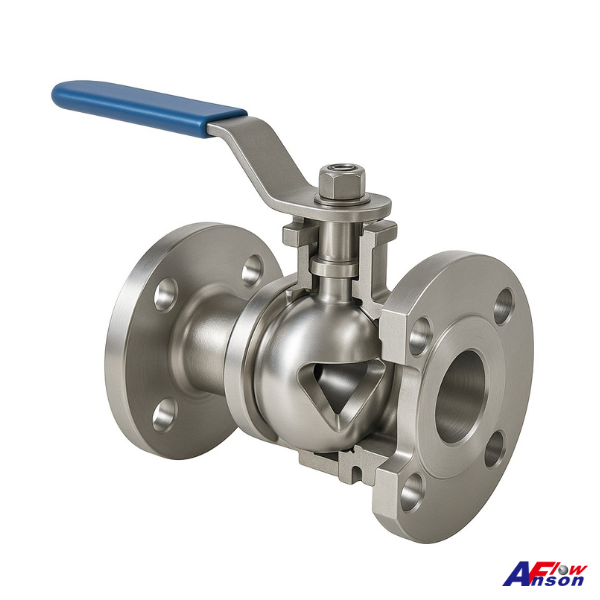
In industries where precision flow control is critical, standard ball valves often fall short. They are excellent for on/off service but lack the fine-tuned accuracy required for throttling. Enter the V-Port Ball Valve — an innovative solution that combines the durability of a ball valve with the precision of a control valve.
This article explores what V-Port ball valves are, how they work, their advantages, and why they are increasingly chosen across multiple industries.
What is a V-Port Ball Valve?
A V-Port Ball Valve is a modified ball valve featuring a V-shaped notch in the ball or seat.
· This unique V-cut allows fluid to flow in a controlled, gradual manner instead of the abrupt flow of a conventional ball valve.
· Depending on the V angle (commonly 30°, 60°, or 90°), the valve can deliver linear or equal-percentage flow characteristics, making it suitable for precise regulation.
In short, a V-Port ball valve combines robust shutoff capability with control valve functionality in a single device.
Key Benefits of V-Port Ball Valves
1. 🎯 Precise Flow Control
o The V-notch ensures predictable flow, enabling accurate control of liquids, gases, and steam.
2. 🛡️ Durability and Reliability
o Built on the solid foundation of a ball valve, V-Port valves can handle high pressure, abrasive media, and frequent operation.
3. 🔄 Versatility Across Industries
o Suitable for a wide range of applications including chemical processing, pulp and paper, power plants, oil & gas, and food & beverage.
4. 💰 Cost-Effective Solution
o Provides near-control-valve performance but with the lower cost, simpler maintenance, and compact design of a ball valve.
Common Applications
V-Port ball valves are widely used where both on/off service and flow control are needed. Some typical applications include:
· Chemical Industry → Precise dosing of corrosive or hazardous fluids.
· Pulp & Paper → Handling slurry and fiber-rich liquids.
· Food & Beverage → Regulating flow in hygienic processes.
· Energy & Power Generation → Steam and condensate control.
· Oil & Gas → Hydrocarbon liquids and vapors with reliable shutoff and control.
V-Port Options and Flow Characteristics
Choosing the right V-Port angle is key to achieving optimal performance.
|
V-Port Angle |
Flow Characteristic |
Best Suited For |
|
30° |
Fine control at low flow rates |
Accurate dosing and sensitive processes |
|
60° |
Balanced flow and control |
General industrial applications |
|
90° |
Higher flow capacity, moderate control |
Processes requiring fast flow rates |
This flexibility makes the V-Port ball valve an adaptable choice for engineers who need both precision and efficiency.
Why Choose V-Port Over Standard Ball Valves?
· Standard Ball Valve → Great for shutoff, but limited for throttling.
· V-Port Ball Valve → Provides accurate throttling while still offering shutoff, making it a two-in-one solution.
In addition, compared to globe or butterfly control valves, V-Port ball valves often offer:
· Lower maintenance requirements
· More compact design
· Higher durability in abrasive media
Conclusion
V-Port Ball Valves bridge the gap between shutoff and flow control. With their unique V-shaped notch, they deliver precision regulation, durability, and versatility across industries. Whether controlling chemicals, steam, or fuels, these valves provide an efficient and reliable solution.
Not sure which V-Port angle fits your process best?
👉 Request a consultation with our valve specialists and get tailored recommendations for your project.
📩 Contact us: sales@ansonflow.com